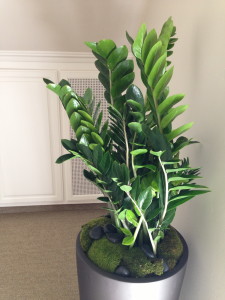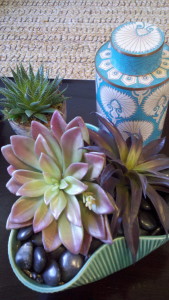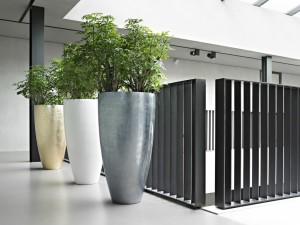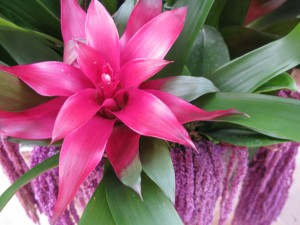So, everyone knows that succulents are the new ‘it plant’. You see them popping up in front yards everywhere you look. They are a wonderful choice in Southern California and Orange County from the inland desert areas to coastal regions. They are drought tolerant, have interesting textures and shapes, and magnificent colors year-round! I am a definite proponent of the
succulent movement! Plus, you pretty much just pop them into the ground, avoid over-watering and Voila, a garden transformation is made!
All that sounds fun and easy, because it is, but running a primarily
Interior Plant Design and Maintenance Company we have not always been so successful with succulents when growing indoors with mostly low light. For as easy as they grow in the exterior, in the interior they do the complete opposite and become bug infested, rotten and leggy overnight. But the artist inside of me wouldn’t give up and I have become determined to grow succulents indoors! Through a lot of trial and decease, I have had a few breakthrough plants I would love to share with you.
Succulents come in so many interesting shapes and forms, they add to a space, just like a beautiful piece of art enlivens a room. My all time favorite Succulent Indoors would have to be the Pencil Cactus, Euphorbia tirucalli. This plant has proven to me that it can handle lower light while keeping its gorgeous architectural form. It will always need some natural light, but I’ve really tested this plant and as long as you don’t over water, it can be put in a medium light room with ease.
Two stand out plants, more common in the interior world, but definitely worth a mention for their versatility and hardiness. First, is Sansevieria ‘Snake Plant’ (comes in a lot of different varieties, some growing only 6 inches, others as tall as 4 feet). Second, is the Zamioculcas zamiifolia ‘ZZ Plant. Both of these plants can be used in a modern design and take very little care. The big bonus to these succulents are they can take medium to low light!
So, the key to finding succulents that will grow and thrive indoors is to find plants that grow SLOW! I’m still continuing to experiment, but I have had good luck with Aloe varieties, Haworthia varieties, Agaves, Euphorbias and Kalanchoe ‘Flap Jack’.
And if you just have a brown thumb, you can always resort to replica succulents! I’m not shy to use these in low light situations
and they look great when combined with living plants!
If you’ve had luck with growing succulents indoors please leave me a comment and tell me what you’re growing! Let’s share the knowledge and continue to grow together!
If you can’t get enough, click here for a few more awesome succulents in your home!
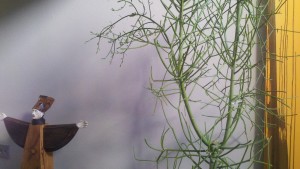
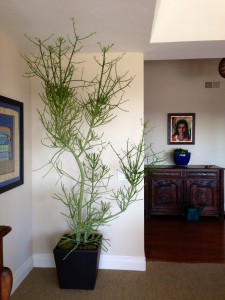
-223x300.jpg)
